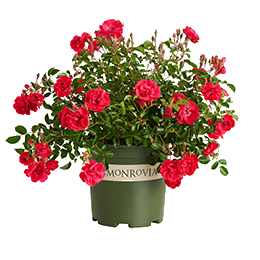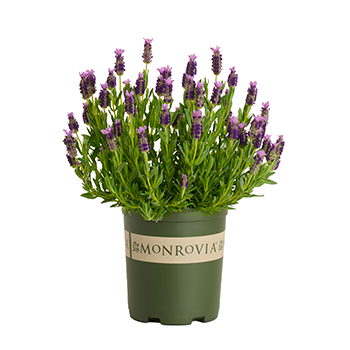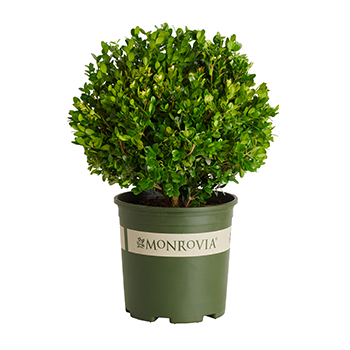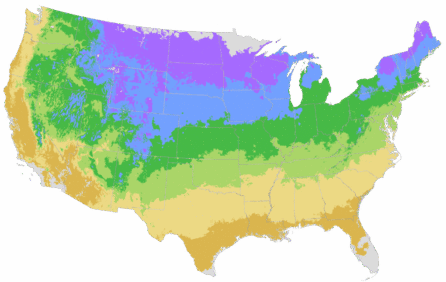You're growing in this Zip Code:
Change LocationDiscover Plants for Your Area
Indian Summer Raspberry
Rubus idaeus 'Indian Summer'
Retailers Near You
No Retailers found within 100 miles of your zipcode
| Bloom Time | Spring |
|---|---|
| Deciduous/Evergreen | Deciduous |
| Special Features | Showy Fruit, Edible, Fast Growing, Benefits Birds |
| Problems/Solutions | Coastal Exposure |
| Growth Rate | Fast |
| Growth Habit | Upright |
| Landscape Use | Border, Espalier |
| Design Ideas | Use as an edible security barrier along fence lines and in strips too narrow for fruit trees. |
| Flower Color | White |
| Foliage Color | Green |
| Companion Plants | Rosemary (Rosmarinus); Salvia (Salvia); Yarrow (Achillea); Lavender (Lavandula); Russian Sage (Perovskia) |
| Care Instructions | Provide fertile, mildly acidic, well-drained soil. In hot summer regions, shelter from harsh sun, and mulch to keep roots cool. Water deeply, regularly in first growing season to establish extensive root system. Feed in early spring. After harvest, prune away canes that have fruited. Leave newer canes to produce next season's crop; train on trellis. |
| History | The genus Rubus includes many different plants collectively known as "brambles" as they share rampant viney growth and viscous thorns. It falls into the Rosaceae family and may resemble some of the bramble roses. This group contains most of the berry fruits that are botanically speaking not true berries but drupe fruit. Linnaeus named it from the classical name for raspberries, ruber, meaning red. He chose the species name from the Roman physician Pliny's description of the plants on Mount Ida in Greece. It is a huge genus with over 400 species in North America alone, which causes treat taxonomic confusion, as well as many others scattered throughout the Northern Hemisphere. This cultivar is noted as a productive thornless variety. |
| Bloom Time | Spring |
|---|---|
| Deciduous/Evergreen | Deciduous |
| Special Features | Showy Fruit, Edible, Fast Growing, Benefits Birds |
| Problems/Solutions | Coastal Exposure |
| Growth Rate | Fast |
| Growth Habit | Upright |
Retailers Near You
No Retailers found within 100 miles of your zipcode
Retailers Near You
No Retailers found within 100 miles of your zipcode
Buy Online
We cannot currently ship this product to your zip code.
About Us
We have been pioneers and craftsmen in the art of growing plants for nearly
100 years. Since our founding in Southern California by Harry E. Rosedale, Sr.
in 1926, we have been absolutely dedicated and obsessed with quality.
We have been pioneers and craftsmen in the art of growing plants for nearly 100 years. Since our founding in Southern California by Harry E. Rosedale, Sr. in 1926, we have been absolutely dedicated and obsessed with quality.





